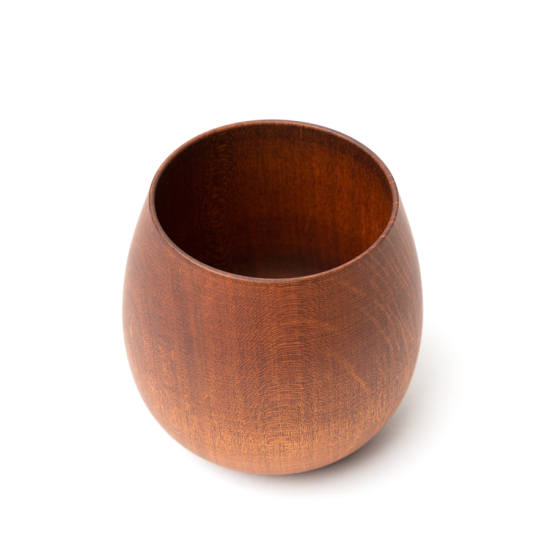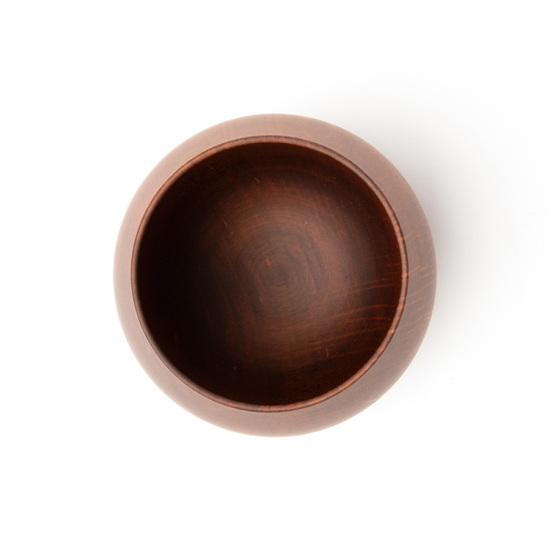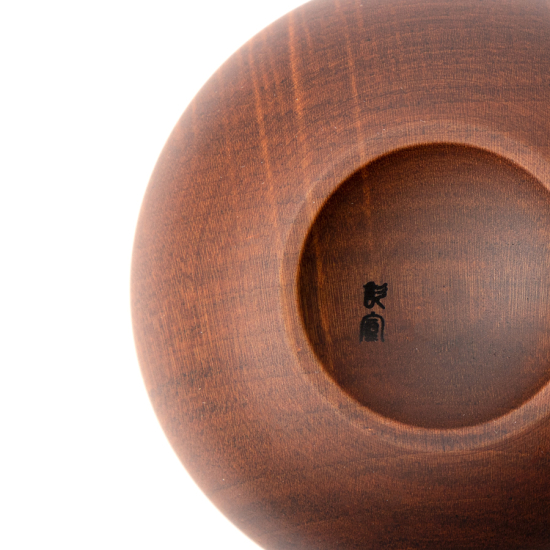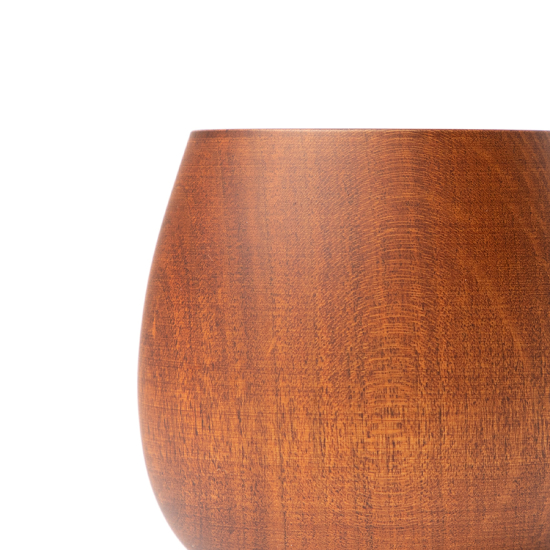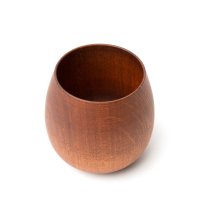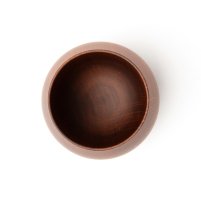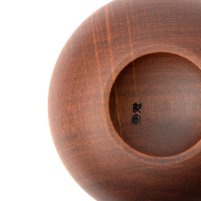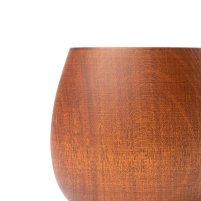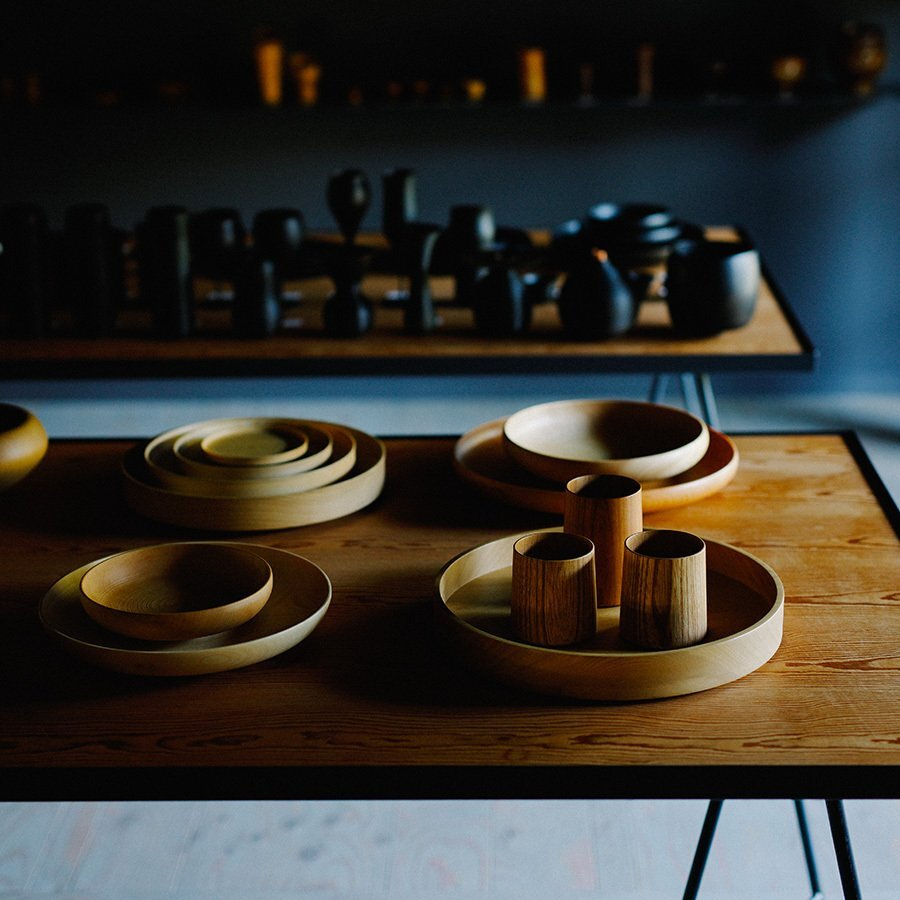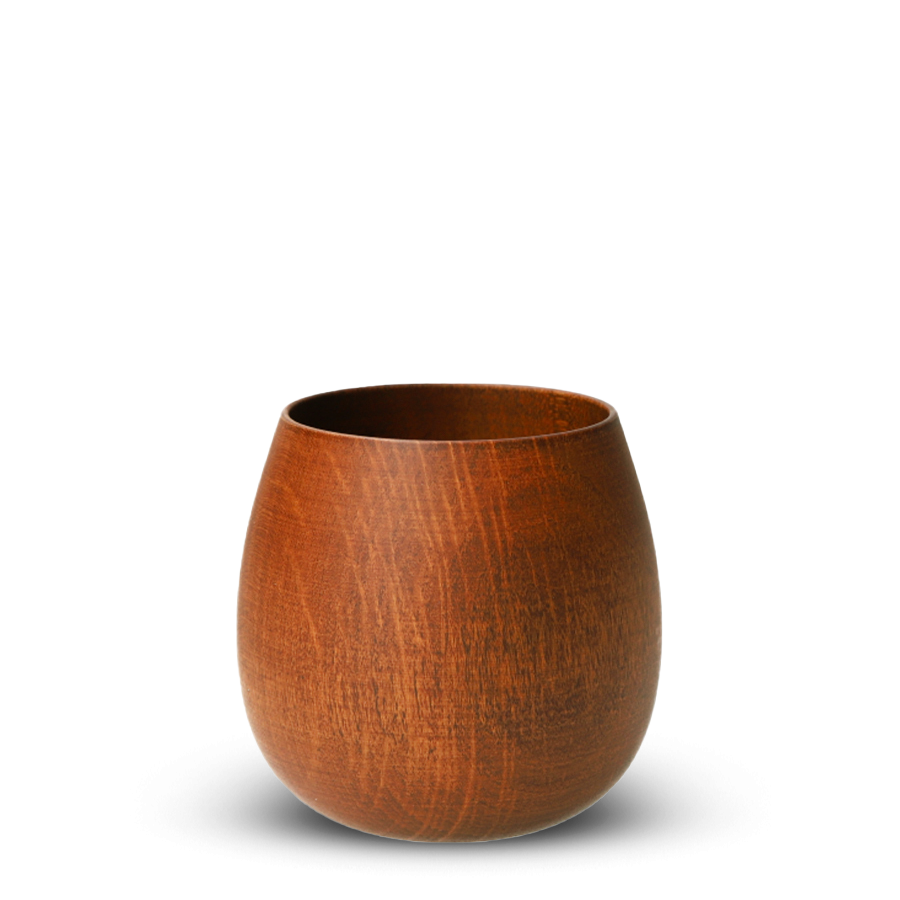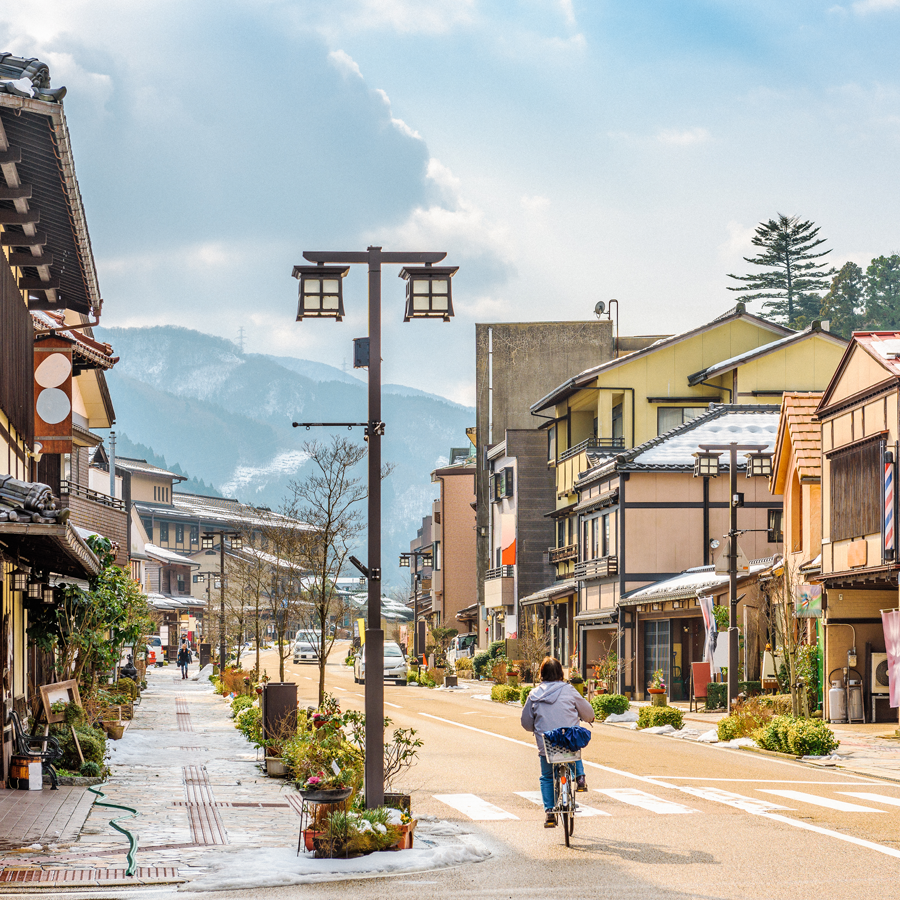Japanese lacquer, or urushi, is the clarified sap of the Asian lacquer tree, which has been used in Japan for thousands of years to coat items such as tableware, furniture and buildings. When dried, the lacquer is both heat and water resistant and therefore provides protection and strength to the underlying materials, very often wood, but also bamboo, paper and leather. Lacquerware itself can be referred to as both urushi and shikki 漆器 (literally "urushi vessel"), and with the development of acrylic resin in the last century, objects coated with synthetic lacquers such as food-grade polyurethane are also considered urushi/shikki. Pure urushi is transparent, while the black and red lacquer colors most commonly associated with shikki are achieved by adding mineral pigments. On top of this, traditional decorative details such as golden maki-e "scatter images" or shell inlays called "raden" can be added
Teacup Sakura
Fuki Tamago
Gato Mikio
SKU
5341
Yoshi En has recently grown out of Sunday Natural to become an independent premium tea store. As part of this transition, some products may still be shipped in Sunday Natural packaging.
Noble-simple Yunomi tea cup made of cherry wood, originally handmade by the traditional Japanese manufacturer Gato Mikio from the famous Yamanaka. In domed tamago shape and dark lacquer glaze, 190ml
| Type | Teacup |
| Studio/Artist | Gato Mikio 我戸幹男 |
| Origin | Yamanaka, Ishikawa, Japan |
| Capacity | 190ml |
| Dimensions in cm | Ø8,3 x 8,1 |
| Material | Japanese bird cherry |
| Glaze | Food safe polyurethane varnish |
| Manufacturing | Made in Rokuro-biki technique, where the wood is processed by hand on a wheel. Requires a lot of experience and skill. |
| Stamp | Studio Stamp |
In stock



